Posts Tagged ‘innovation’
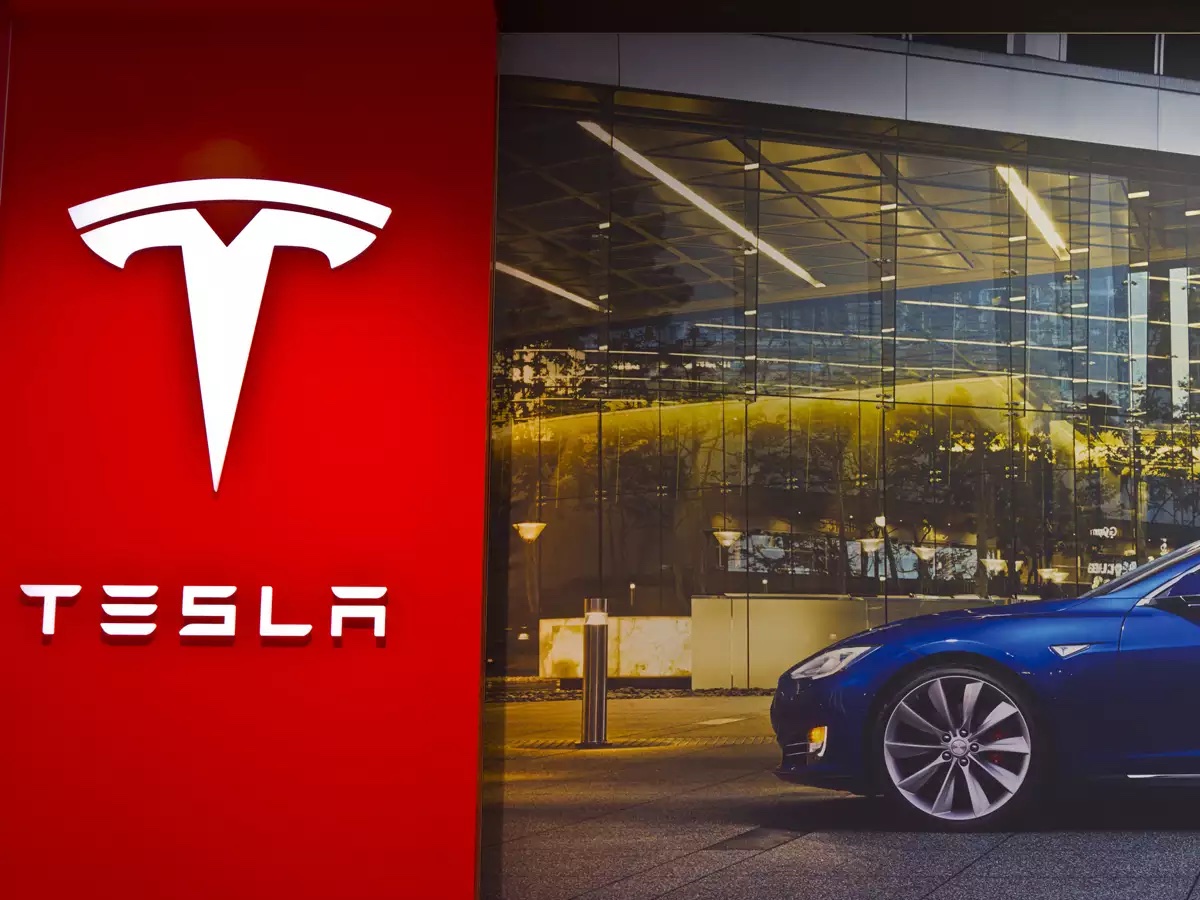
Tesla marketing communication mix explains the usage of individual elements of the marketing communication by the alternative fuel vehicles manufacturer. These elements include print and media advertising, sales promotions, events and experiences, public relations and direct marketing. Tesla Print and Media Advertising Tesla uses print and media advertising sparingly as a part of its unconventional marketing strategy. The alternative fuel vehicles manufacturer does not spend money at all on traditional advertising platforms such as TV, radio, magazines, newspapers, billboards and posters. Instead, Tesla’s unconventional marketing strategy also involves the promotion of fan-made ads that come for no cost for the electric automaker. The company launched Project Loveday, a contest for fan-made videos advertising Tesla. Project Loveday was named for Bria Loveday, a fifth grader who suggested the idea for the contest to CEO Elon Musk.[1] Project Loveday ad contest winners such as Electric Life’s “Embrace the Energy” and Thy Future’s “A Better Future.” and ‘Spaceships. For Earth.’ have been watched in YouTube millions of times, contributing to the level of Tesla brand awareness in a cost effective manner. Tesla also manages to get celebrity endorsement free of charge. The list of celebrities who were enthusiastic about the company and therefore, promoted the brand and its products for free include TV host Stephen Colbert, actress Alyssa Milano, director Jon Favreau, and Teller, the silent partner in the magic duo Penn & Teller to name just a few. Tesla Sales Promotions Tesla uses the following sales promotions techniques in order to increase the sales and boost the level of its brand awareness: Referral Program. Tesla car owners who refer more customers to the company can qualify for a wide range of awards including Solar Roof, 21” Arachnid Wheels for Model S or 22” Turbine Wheels for Model X and VIP invitation for Tesla Unveiling events.[2] Tesla Referral Program is occasionally updated.…
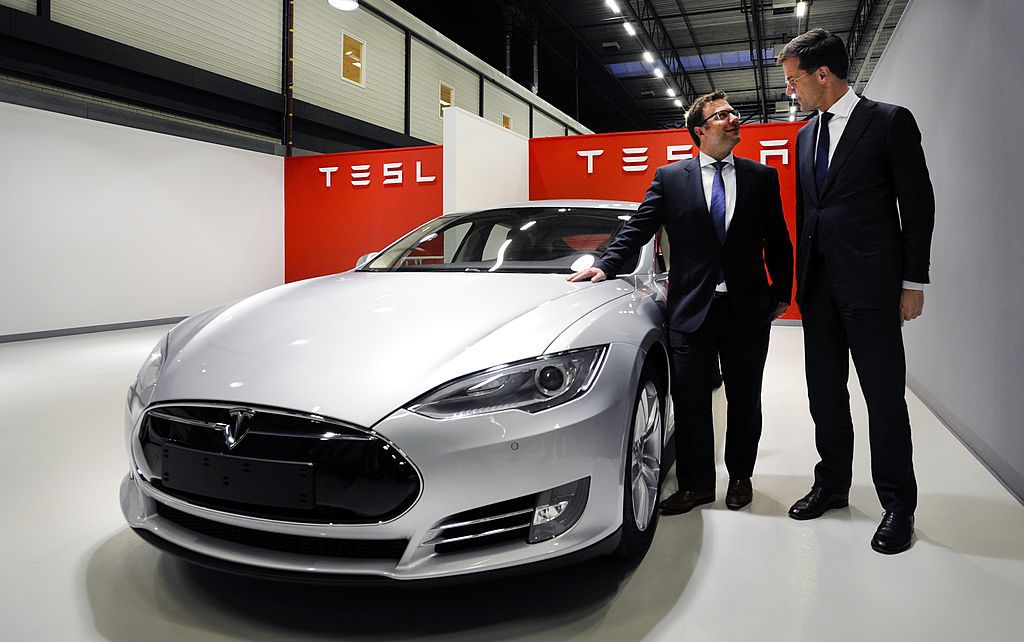
Tesla marketing mix (Tesla 7Ps of marketing) comprises elements of the marketing mix that consists of product, place, price, promotion, process, people and physical evidence. Product Element in Tesla Marketing Mix (Tesla 7Ps of Marketing) Tesla produces fully electric vehicles, and energy generation and storage systems, and also installs and maintains such systems and sells solar electricity. Tesla product positioning is associated with the idea that electric cars can also be fast and cool. The company also runs Supercharger power stations that can be used by customers to charge their vehicles on the road. A typical Supercharge station has between six and twenty Superchargers. Table 3 below lists Tesla product categories and products within categories. Product category Products Vehicles Model S, Model X, Model 3, Future Consumer and Commercial Evs Energy storage Powerwall 2, Powerpack 2 Solar energy systems solar panels, inverters, racking, electrical hardware, monitoring device Tesla product categories and products Tesla produced and delivered approximately half a million vehicles in 2020.[1] The alternative fuel vehicles manufacturer updated Model S and Model X launched in January 2021. Place Element in Tesla Marketing Mix (Tesla 7Ps of Marketing) Tesla sells its vehicles through its own sales and service network. Tesla stores and galleries are highly visible, premium outlets in major metropolitan markets. Some Tesla stores and galleries combine retail sales and service. Tesla sells its vehicles online and in company-owned showrooms. The company does not use dealership networks to sell its products. The electric automaker operates stores and galleries in the US and 35 other countries and regions worldwide. Official website of the company contains the full list of Tesla stores, galleries, service centres and superchargers. Price Element in Tesla Marketing Mix (Tesla 7Ps of Marketing) Tesla pricing strategy can be described as a premium pricing strategy. Tesla…
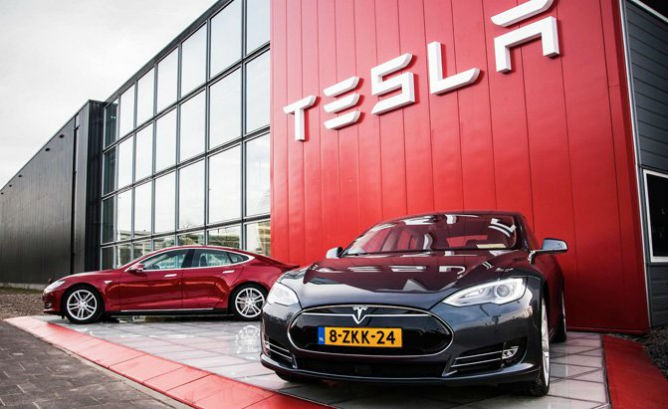
Tesla marketing strategy has been dubbed as USD0 (zero dollar) marketing strategy[1] largely for its avoidance of paid advertising. Instead, the electric automaker focuses on social media marketing. CEO Elon Musk boasted that “Tesla shells out virtually nothing on advertising and endorsements, and relies heavily on word of mouth.”[2] Tesla 7ps of marketing focuses on product and place elements of the marketing mix to a greater extent compared to other elements. Moreover, product and place elements of the marketing mix have been adapted as main sources of Tesla competitive advantages. Specifically, Tesla produces fully electric cars that are fast and attractively designed. Moreover, the electric automaker does not deal with car dealerships and distributors and sells its vehicles directly to end-users. Tesla target market segment represent individuals and households who are not indifferent towards environmental issues and negative environmental implications of CO2 emissions. Tesla effectively appeals to the emotional needs of the target customer segment to feel themselves as environmentally responsible via purchasing electric cars and using solar panels. Tesla marketing strategy is based on the following principles: 1. Marketing through customer experience. Telsa referral program effectively enhances customer experience by offering USD 1000,00 credit and additional accessories and perks. These include Solar Roof, 21” Arachnid Wheels for Model S or 22” Turbine Wheels for Model X and VIP invitation for Tesla Unveiling events, among others.[3] 2. Effective use of social media. CEO Elon Musk has evolved as the face of Tesla and his direct engagement with customers via social media attracts media attention with generally positive implications for the brand. Musk uses his social media accounts as efficient tools for Tesla marketing strategy. 3. Cross-promotional opportunities. Tesla CEO Elon Musk also owns and runs other businesses, namely, SpaceX and Solar City. These companies benefit from unique cross-promotional opportunities. For example, Space X launched…
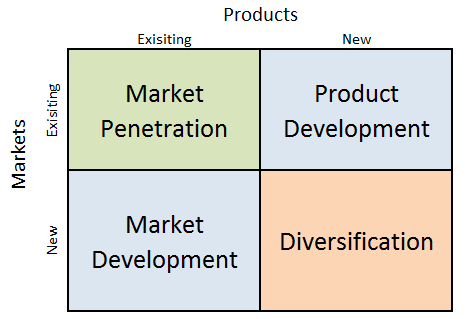
Tesla Ansoff Matrix is a marketing planning model that can be used by the alternative fuel vehicles manufacturer to make strategic decisions. According to Ansoff Matrix, there are four different strategy options available for businesses: market penetration, product development, market development and diversification. Tesla Ansoff Growth Matrix Within the scope of Ansoff Matrix, Tesla uses all four growth strategies in an integrated manner: 1. Market penetration. This strategy involves selling existing products to existing markets. Tesla uses market penetration strategy extensively. The company is focused on selling its Model S, Model X and Model 3 electric vehicles, Powerwall 2 and Powerpack 2 energy storage products, as well as, solar panels, inverters, racking, electrical hardware and monitoring devices in the US and 35 other countries[1]. 2. Product development. This strategy implies the development of new products to sell to existing markets. Tesla engages in new product development infrequently. This is mainly due to overly high cost of new product development in electric vehicles and power storage sectors. In Battery Day event in September 2020, CEO Elon Musk announced that the electric car maker had plans to enter into mining business. The company acquired the rights to a 10,000-acre plot in Nevada. In this site it plans to extract the metal using simple table salt, and would build a lithium refinery to supply a new factory in Texas. While the initial plan for Tesla is to use lithium for its own needs as raw material, the electric automaker can start selling this expensive material to others as well. 3. Market development. Market development strategy involves finding new markets for existing products. Tesla is evaluating a number of new markets to enter, India being in the shortlist. CEO Elon Musk “indicated it was the company’s Indian-born chief financial officer, Deepak Ahuja, who was…
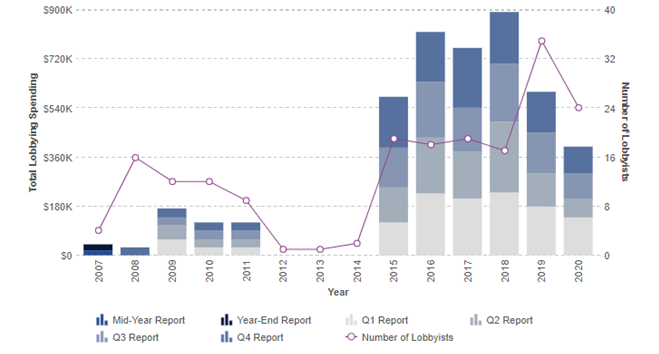
PESTEL is a strategic analytical tool and the acronym stands for political, economic, social, technological, environmental and legal factors. Tesla PESTEL analysis involves the analysis of potential impact of these factors on the long-term growth prospects of the alternative fuel vehicles manufacturer. There is a wide range of political factors that can potentially affect automobile manufacturers. Specifically, political factors for Tesla include freedom of press, corruption and bureaucracy in local markets and trade unions activities. Moreover, home market lobbying practices by governments and trade controls also belong to the list of political factors that can affect Tesla. Political Factors in Tesla PESTEL Analysis Political stability Political stability is one of the most important political factors affecting the company. Tesla uses cobalt extensively as a raw material to build its Model S, Model X, Model 3 vehicles. About 58% of the world’s cobalt production comes from the Democratic Republic of Congo (DCR).[1] According to a report by Amnesty International, cobalt rush has increased the cases of conflicts, corruption and child labour in Congo[2]. Accordingly, it can be argued that political instability and warfare in Congo can create supply chain risk for Tesla in relation to cobalt, an important component for electric vehicles. Government incentives for electric vehicles Government incentives to promote vehicles run by alternative fuel due to negative environmental implications of CO2 emissions is a noteworthy political factor for Tesla. The impact of this factor is positive and so far Tesla was able to benefit to a maximum extent. For example, US government offers USD 7500.00 tax credits to every buyer of new electric vehicles as an incentive, but there is a cap of 200,000 deliveries of electric vehicles in the US for each automaker. Tesla was the first manufacturer to hit the threshold back in 2018. Thanks to the new…
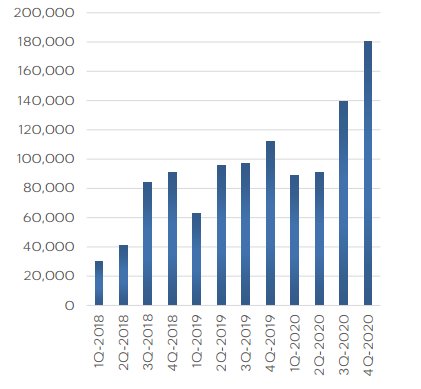
SWOT is an acronym for strengths, weaknesses, opportunities and threats related to organizations. The following Table 1 illustrates Tesla SWOT analysis: Strengths 1. First mover advantage 2. Increasing numbers of vehicles sales 3. Expertise in innovation 4. Brand equity Weaknesses 1. Expensive price tags of Tesla vehicles 2. Huge amount of debt (USD 11.69 billion) 3. History of over-promising and under-delivering the quantity of vehicles 4. Limited global presence Opportunities 1. Development of lower priced models 2. Strengthening of Tesla ecosystem 3. Shifts in consumer environmental attitudes 4. More government incentives Threats 1. Manufacturing delays risks 2. Crashes and fires in Tesla cars 3. Threat of new competition 4. Decrease in the price of oil Table 1 Tesla SWOT analysis Strengths in Tesla SWOT Analysis 1. Tesla benefits from the first mover advantage in alternative fuel vehicles manufacturing to a considerable extent. The company was established in 2003 with the mission “to accelerate the world’s transition to sustainable energy”, right after auto giant General Motors recalled and destroyed its EV1 electric cars.[1] Today, Tesla is an undisputed global market leader in electric vehicles segment. It can be argued that being the first global company exclusively focusing on electric vehicles, Tesla is in a good position to achieve a long-term growth. 2. The numbers of electric vehicles sold by Tesla has been increasing. As illustrated in Figure 1 below, the alternative fuel vehicles manufacturer delivered 180,000 vehicles in the last quarter of 2020. Increasing numbers of vehicles sales is strategically important for the company in a way that it allows benefiting from economies of scale and consequently, the alternative fuel vehicles manufacturer can become more profitable. Figure 1 The numbers of Tesla vehicles delivered worldwide[2] 3. Innovation is placed at the core of Tesla business strategy and…
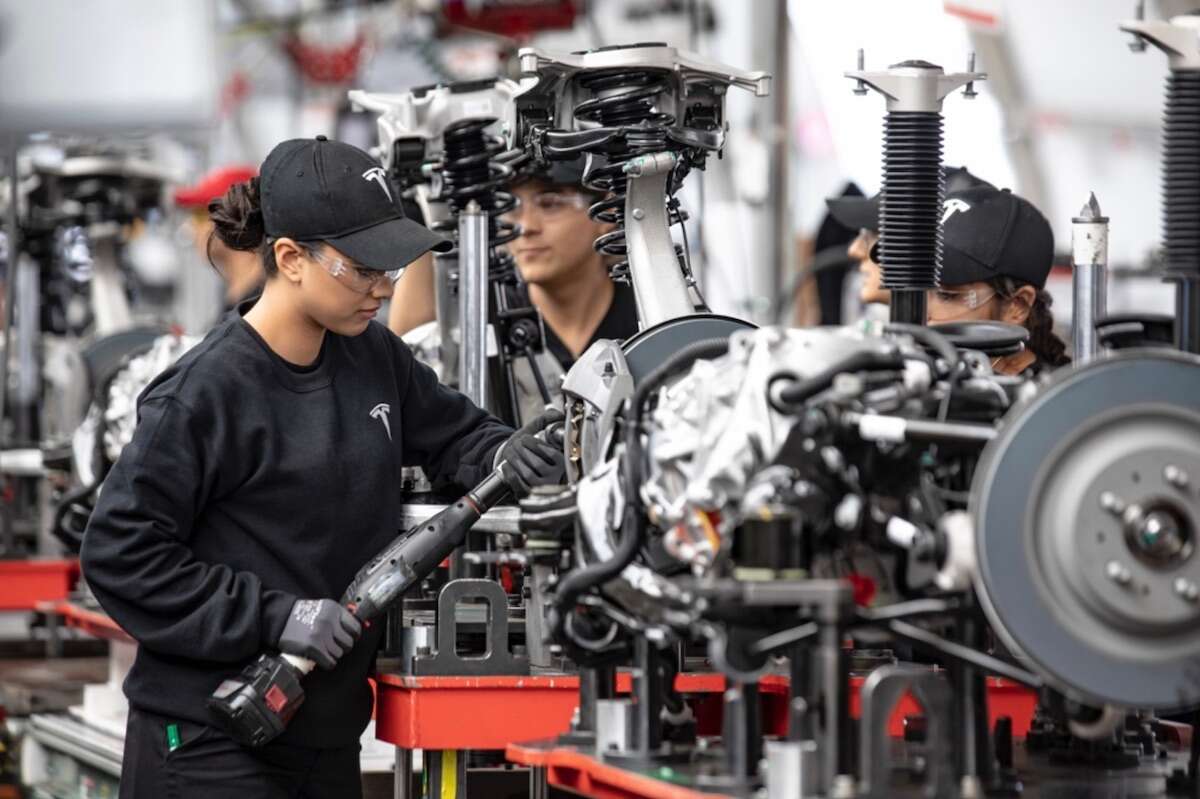
Tesla organizational culture integrates the following five key elements: 1. Ambitious innovation. Tesla has been founded right after auto giant General Motors recalled and destroyed its EV1 electric cars.[1] Starting a business in a segment where large and experienced players such as GE have failed is a clear indication of abundant ambitions of founders including Elon Must. Founders have adapted product and process innovation as a strategic tool to realize their ambitions in practice. Ambitious innovation has been deeply ingrained in Tesla organizational culture. 2. Adherence to ‘First Principles’ method. Elon Musk insists that employees use First Principles method, also known as reasoning from first principles in dealing with problems. It has been noted that “first principles thinking requires you to dig deeper and deeper until you are left with only the foundational truths of a situation”[2]. Arguably, process and product innovations at Tesla can be credited to the successful application of first principles to a significant extent. 3. Doing things differently. Tesla corporate culture encourages employees at all levels to experiment with different ways of doing business. The electric automaker is well known for challenging the status quo of conducting business. Especially, the company’s marketing and HR practices are fundamentally different from other global auto manufacturers. 4. Lack of bureaucracy. Day-to-day operations and communications in the company are not bounded by strict levels of management and bureaucracy. An email from CEO Elon Musk sent to employees a few years ago stressed that “anyone at Tesla can and should email/talk to anyone else according to what they think is the fastest way to solve a problem for the benefit of the whole company. You can talk to your manager’s manager without his permission, you can talk directly to a VP in another dept, you can talk to me, you can talk…
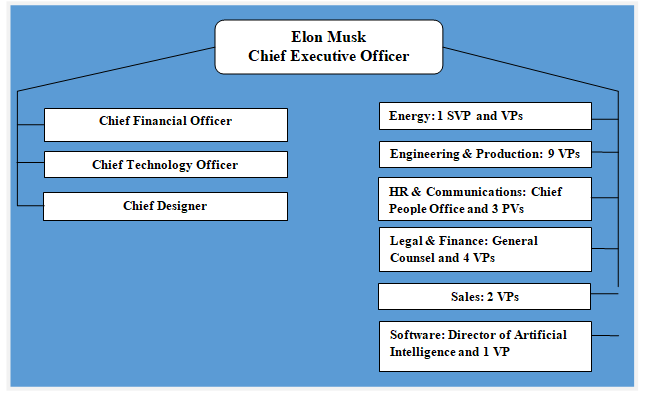
Tesla is a unique company in many ways and this uniqueness also extends to its organizational culture. Tesla organizational structure integrates the following: 1. Unique organizational structure. “Tesla, unlike most companies its size, doesn’t have any known management structure. There’s no organizational chart or public list of senior leaders.”[1] Nevertheless, Tesla organizational structure can be characterized as divisional. 2. Tesla CEO Elon Musk has issues with delegation. Workaholic and micromanagement nature of Elon Musk, as well as his sleep deprivation work habits have become well-known. Famous author and businesswoman Arianna Huffington even wrote an open letter to Musk urging him to get more sleep and learn to delegate. Musk’s issues with delegation has implications on Tesla corporate structure in a way that he has more people directly reporting to him than any other CEO in auto industry. 3. Divisional and flexible structure. Although it is difficult to list Tesla organizational structure under a specific rigid category due to its unique nature, the structure can be characterised as divisional and flexible. As it is illustrated in figure below, Tesla organizational structure comprises a number of divisions such as energy, engineering and production, HR and communications, legal and finance, sales and software. Each division is led by several vice presidents, except software division, which is led by one vice president and Director of Artificial Intelligence. Tesla Organizational Structure Tesla benefits from divisional organizational structure through less bureaucracy compared to many other companies of similar sizes. Divisional organizational structure also helps the electric automaker to increase the speed of communication among different layers of management with positive implications on decision making and flexibility of the business. Tesla Inc. Report contains the above analysis of Tesla organizational structure. The report illustrates the application of the major analytical strategic frameworks in business studies such as…
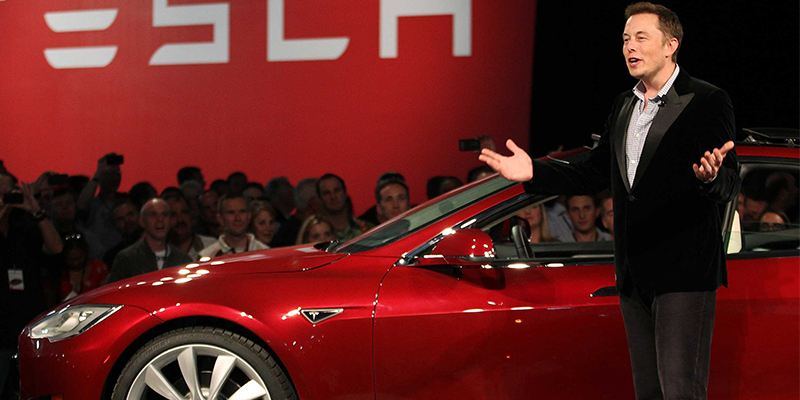
Tesla leadership is frequently a topic of heated debates. Tesla CEO and co-founder Elon Musk is a controversial figure. At the same time he is admired worldwide for his entrepreneurial and leadership skills. Elon Musk is a successful serial entrepreneur with a reputation as a creative genius who founded PayPal, Space X and the Boring Company. Each of these companies has become highly successful in its respective field in the global scale. Musk also has been a driving force behind the rapid development of Tesla, assuming the roles of CEO and Product Architect with the company. He was considered as an effective visionary leader credited with the successful launch of Tesla Roadster in 2018, the first electric car to use lithium-ion battery cells. Later, Musk oversaw the launch Model S, Model X and Model 3 electric vehicles and acquisition of Solar City Corp. for USD 2,6 billion in stock. The company’s board of directors comprises 10 people, including experienced and accomplished business leaders such as Oracle founder Larry Ellison and former 21st Century Fox CEO James Murdoch. It can be argued that one of the major issues with Tesla leadership is micro-management by CEO Musk and a wide range of roles within the company Musk attempts to perform at the same time. In an interview in August 2018, Elon Musk complained about exhaustion taking a toll on his physical health, working up to 120 hours a week and about times he has to spend three or four days at the factory without going outside.[1] Tesla Inc. Report contains the above analysis of Tesla leadership. The report illustrates the application of the major analytical strategic frameworks in business studies such as SWOT, PESTEL, Porter’s Five Forces, Value Chain analysis, Ansoff Matrix and McKinsey 7S Model on Tesla. Moreover, the report contains analyses of…
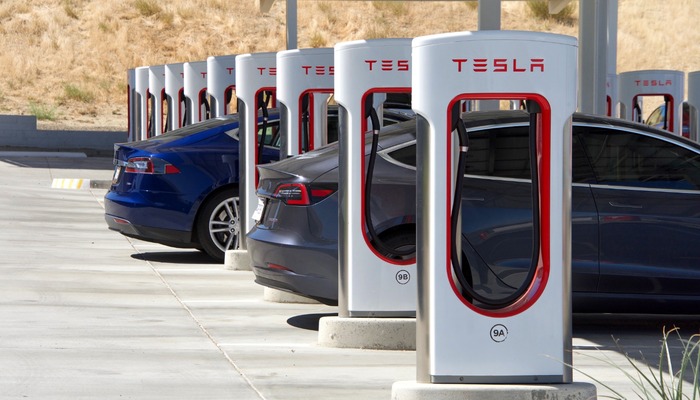
Tesla business strategy can be broadly classified as product differentiation. Accordingly, the electric automaker differentiates its vehicles on the basis of sustainability, performance and design. Tesla business plan announced by Elon Musk in company’s website blog in 2006 was the following: Build sports car Use that money to build an affordable car Use that money to build an even more affordable car While doing above, also provide zero emission electric power generation options Tesla mission statement is to accelerate the world’s transition to sustainable energy. Tesla business strategy aims to accomplish this mission via the following three key principles: 1. Focus on electric cars. Tesla was founded on the belief that “people didn’t need to compromise to drive electric – that electric vehicles can be better, quicker and more fun to drive than gasoline cars.”[1] Accordingly, the company produced its Roadster, Model S, Model X and Model 3 fully electric cars that quickly became successful among the target customer segment attracting billions of dollars of advance payments. Tesla “aims to disrupt the automotive industry by creating many innovative pieces that fit together.”[2] 2. Ownership of distribution. Tesla does not work with dealers and distributors. Instead, the electric automaker is engaged in direct sales through its website. Moreover, Tesla has company-operated stores and galleries in shopping centres and other places popular among the target customer segment in the US and 35 other countries and regions worldwide. 3. Low cost of ownership. Tesla cars run on electricity, which is considerably cheaper than oil and gas. Moreover, owners of electric vehicles are offered various tax breaks and incentives from local governments in some areas. Tesla has a calculator on its website to tell customers exactly how much they save. Low cost of ownership is one of the main sources of Tesla competitive advantage. 4. Unconventional…
